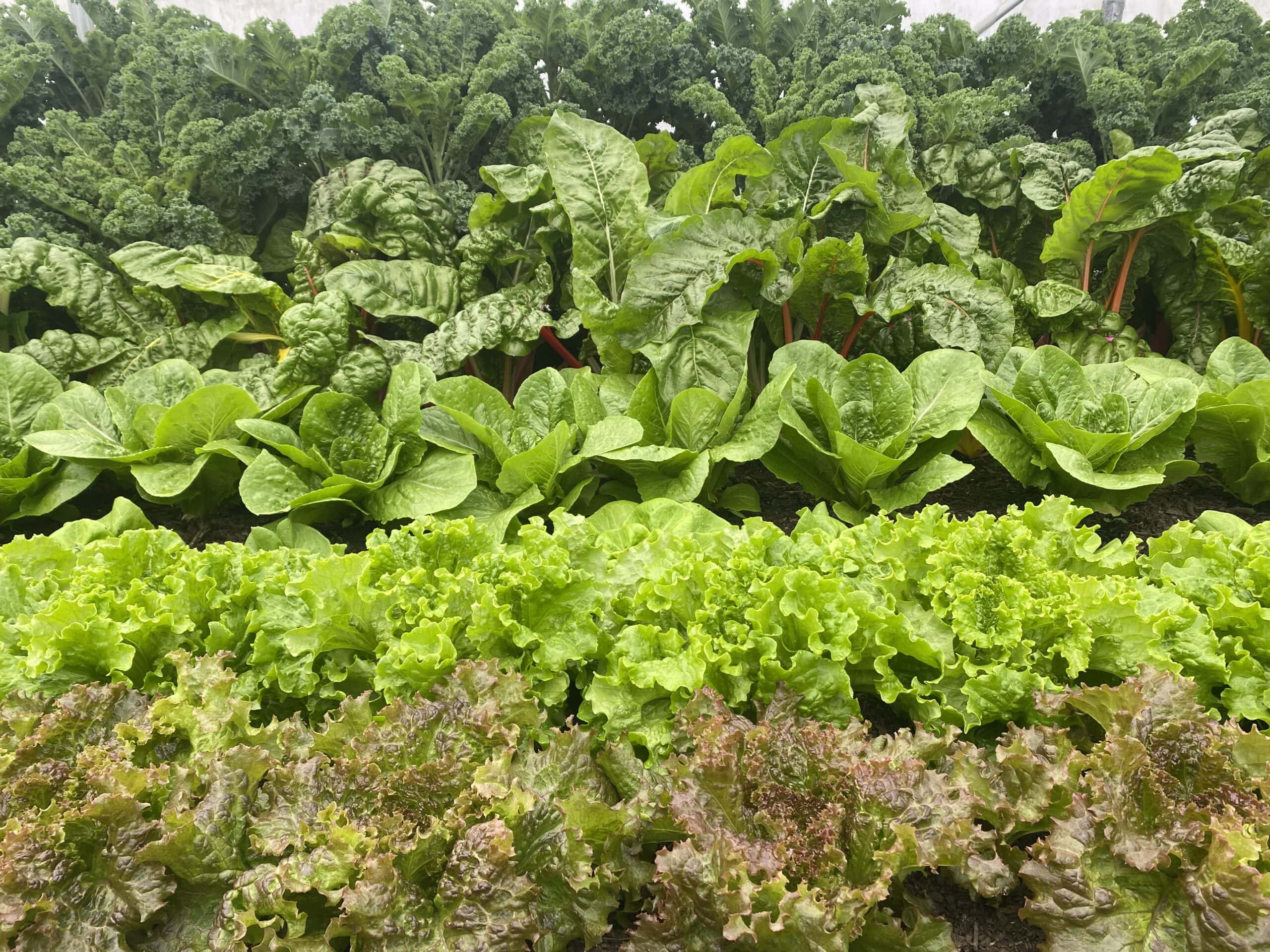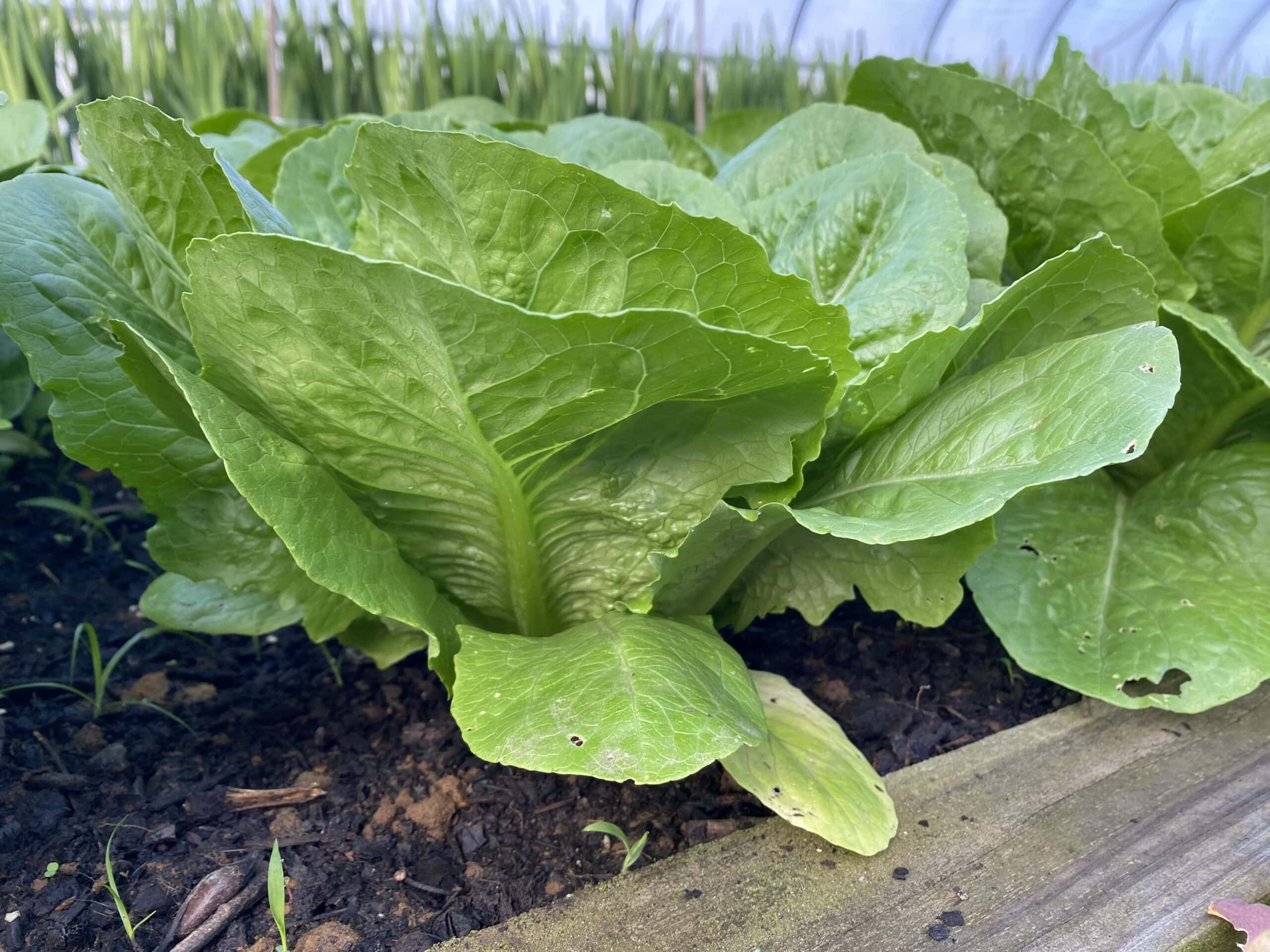This post may contain affiliate links. Probably doesn’t, but it might. It doesn’t cost you anything extra but if you use these links to buy something, we may earn a commission.
Small share: green beans, scallions or spring onions, grape or cherry tomatoes, cucumbers, kohlrabi or red cabbage, English peas or gold potatoes, peaches, and mint
Large share: baby bok choy or kale, lettuce or collards, large tomatoes or snap peas, chives, green beans, scallions or spring onions, grape or cherry tomatoes, cucumbers, kohlrabi or red cabbage, English peas or gold potatoes, peaches, and mint
Fruit only: pie cherries, blueberries, and peaches
Flower share: dahlias, lisianthus, and/or rudbeckia
Kohlrabi

The name says it all: kohl (cabbage) rabi (turnip). This plant was developed by crossing a cabbage with a turnip! The edible part of the plant is an enlarged section of the stem that develops just above the ground. It comes in two colors: a light green and purple bulb. It has a crisp white interior.
To store: Store kohlrabi globe and leaves separately. The globe will last for 2 weeks refrigerated in a plastic bag. Wrap leaves and stalks in a plastic bag and keep in the crisper drawer of the refrigerator.
Substitute: Substitute kohlrabi where recipes call for carrots, potatoes, or turnips.
Handling: Rinse under cold running water just before use. Peel the outer skin off. Trim off the remains of the stalks and root. Grate, slice, or chop as desired.
To use: Cut raw kohlrabi bulb into sticks for a refreshing addition to a raw vegetable tray or grate it for salads. Lightly boil, steam, or bake it, or add it to stews and stir-fries. Steam kohlrabi whole 25-30 minutes or thinly sliced 5-10 minutes. Dress slices simply with oil, lemon juice, and fresh dill. Young kohlrabi leaves can be used in recipes calling for greens.
To freeze: Cut into cubes or slices and blanch for 3-4 minutes. Place into ice water bath to stop the cooking. Drain and dry. Place in Ziploc freezer bag.





